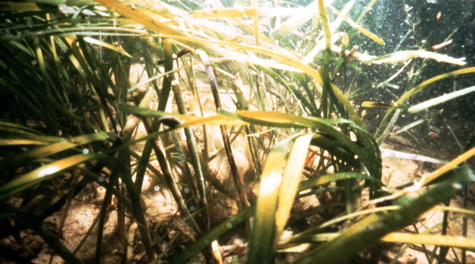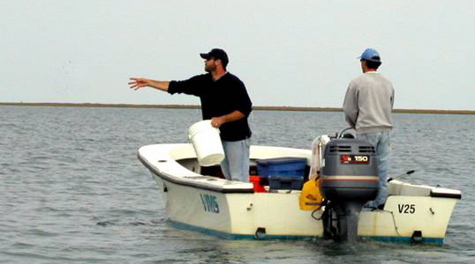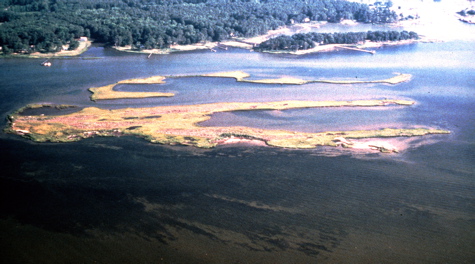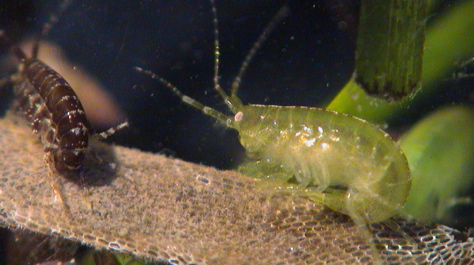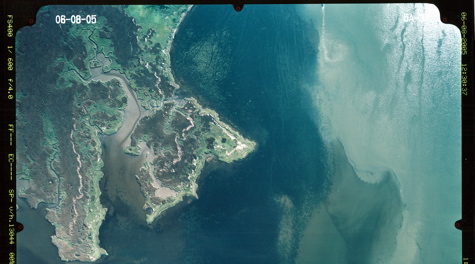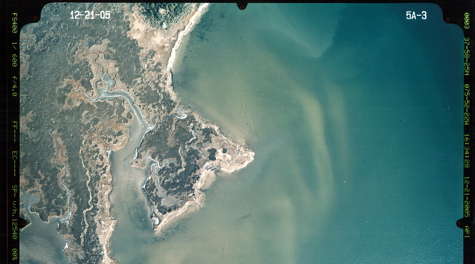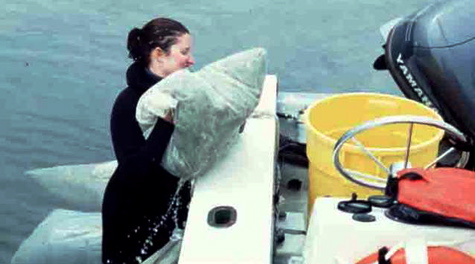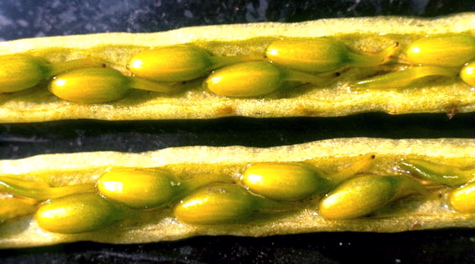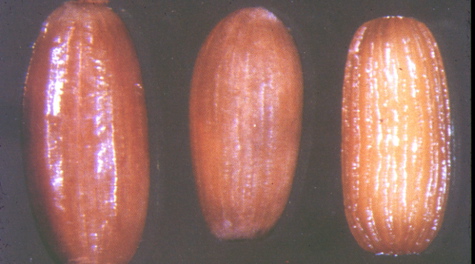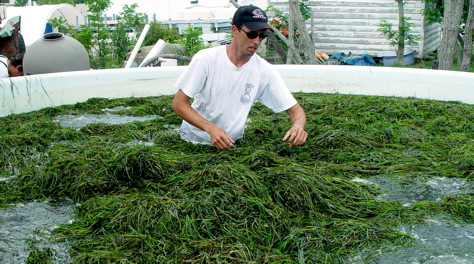Orth to highlight success in seagrass restoration
Professor Robert Orth of the Virginia Institute of Marine Science will present a public talk on his team’s success in ongoing efforts to restore underwater grasses to the seaside lagoons of Virginia’s Eastern Shore during the International Marine Conservation Congress in Washington, D.C. on May 20th.
During his presentation at the Smithsonian’s National Museum of Natural History, Orth will describe how the Submerged Aquatic Program at VIMS has led efforts to broadcast more than 25 million eelgrass seeds into 207 acres of coastal lagoons along Virginia’s Atlantic shoreline. Growth by natural seed dispersal from these planted areas has now spread across 2,430 acres.
The project, in partnership with The Nature Conservancy and the Virginia Coastal Program, marks the largest and most successful seagrass restoration effort in the world. Underwater grasses provide critical shelter to young striped bass, blue crabs, and other key species; improve water clarity by helping sediment settle to the bottom; add oxygen to the water; reduce shoreline erosion and are a major source of food for over-wintering waterfowl.
The talk is part of the daylong symposium “Beyond the Obituaries: Success Stories in Marine Conservation.” During the symposium, speakers from around the world will highlight successful ocean conservation efforts in fisheries, sea turtles, marine mammals, coral reefs, and marine protected areas.
Orth will present during the morning session “Restoration—Reviving Ocean Ecosystems,” which runs from 8:30 a.m. to 10:00 a.m. The event is open to the general public and will also be webcast live at http://ocean.si.edu/sant_chair/webcast/
Funding for the eelgrass restoration project comes largely from the Virginia Coastal Zone Management/Seaside Heritage Program. Program partners include the Campbell Foundation, The Nature Conservancy, Norfolk Southern Foundation, NOAA, U.S. Army Corps of Engineers, Virginia Marine Resources Commission, the Norfolk Foundation, the University of Virginia’s Long Term Ecological Research Program, and local community volunteers.
The International Marine Conservation Congress is organized by The Society for Conservation Biology (SCB), an international professional organization with more than 12,000 members world-wide and representatives from more than 140 countries. Members include resource managers, educators, government and private conservation workers, and students. The Congress will be hosted by George Mason University.
The goal of the Congress is to put conservation science into practice through outreach and the development of policy briefs and position papers designed to guide international ocean policy. Major themes of this year’s Conference include global climate change, the land-sea Interface, ecosystem-based management, and poverty and globalization. The Conference’s cross-cutting issues include marine protected areas, governance, fisheries and aquaculture, and economics.


